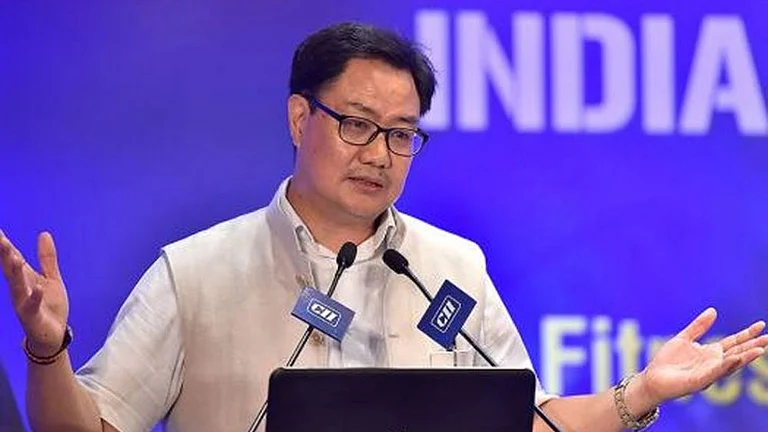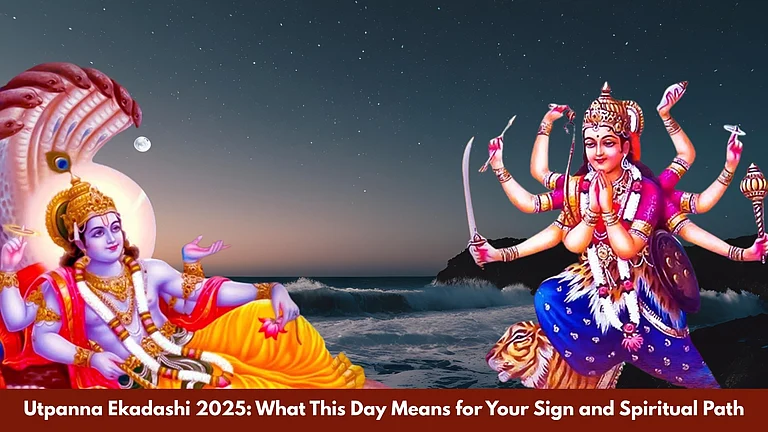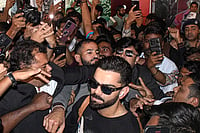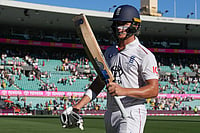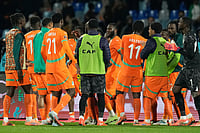Diwali, or Deepawali, which means row of lights, is one of the biggest and most beloved festivals of Hinduism. The festival marks the victory of Lord Rama over evil Ravana and his return to Ayodhya with his wife Sita and brother Laxman. The festival Diwali is celebrated with great fervor across India, signifying the triumph of light over darkness, knowledge over ignorance, and good over evil. While the prominent story of Diwali is associated with the return of Lord Rama to Ayodhya after defeating Ravana, there are still some untold stories. In this article, let’s explore the hidden stories of Diwali and how it is celebrated differently across India.
How different parts of India celebrate the Diwali festival
The Homecoming of Lord Rama

One of the most popular and significant stories of Diwali is the homecoming of Maryadapurushottam Rama with his wife Sita and brother Laxman during Diwali. According to mythology, Lord Rama was sent to 14 years of exile; his wife Sita chose to go with her husband, while his brother Laxman (an incarnation of Shesha Naag) also chose to go with his elder brother Rama. The three left Ayodhya after Mata Kaikayee and Father Dashrath asked them to leave the palace. They lived happily in the forest until one day evil Ravana kidnapped Sita, and later, with the help of Vanarsena, Hanuman, and Laxman, Lord Rama kills Ravana and returns to Ayodhya with his wife and brother. The day was celebrated with great joy and celebration. All the Ayodhyavasi lighten countless Diyas in their home to welcome Lord Rama. The city was adorned with festive decorations, and the air was filled with the sounds of celebration. The citizens welcomed Rama with open arms, showering him with flowers and chanting his praises.
Welcoming of King Bali on Earth (South India)

Diwali is celebrated with great enthusiasm in the southern part of India. According to the mythological tale, Diwali is related to the legend of King Bali, a benevolent Asura king who was renowned for his generosity and devotion to Lord Vishnu. Bali was the kindest and most powerful king on earth, which made many gods worry about his growing influence. To check his dominance, Lord Vishnu appeared in his Vamana avatar, a dwarf Brahmin, and asked King Bali for three paces of land.
King Bali was known for his philanthropist nature, and that’s why he agreed to what Vamana asked. Vamana expanded to a cosmic size, covering the heavens and the earth in two steps, leaving no room for a third. Bali offered his head for the third step, and Vishnu granted him immortality and the right to visit his kingdom once a year. King Bali’s last wish to visit Earth and his return is termed Balipadyami or Balipratipada during Diwali in the part of South India. The festival culminates with Lakshmi Puja, where Goddess Lakshmi, the goddess of wealth and prosperity, is worshipped.
The Return of Pandavas After 13 Years of Exile (Northern India)

In some regions of northern India, Diwali is also associated with the Pandavas from the Mahabharata. According to legend, the five Pandavas (Yudhisthira, Bheem, Arjuna, Nakul, and Sahadev) who are the protagonists of Mahabharata, were exiled for 13 years after losing a game of dice. It is said that they returned home on the day of Kartik Amavasya (new moon day); their auspicious return coincides with Diwali. They were welcomed by the people with lit lamps and celebrations. This is considered another reason for the festival of lights and the victory of right over evil.
Defeat of Narakasura

Another lesser-known story connected to Diwali focus on the defeat of the demon Narakasura by Lord Krishna. Narakasura the son of Bhudevi was a tyrant and created havoc on earth. He also challenged gods to defeat him, after which the god went to Lord Krishna and asked him for help. Lord Krishna (an incarnation of Vishnu) along with his wife Satyabhama vanquished Narakasura. It is believed that Narakasur had a boon that he could only be defeated by his mother and Satybhama (an incarnation of Bhudevi) played an important role during his defeat. The day before Diwali, often called Naraka Chaturdashi, commemorates this victory. People celebrate by lighting lamps, bursting firecrackers, and symbolically destroying effigies of Narakasura, signifying the end of evil.
When Mata Laxmi Married Lord Vishnu

A relatively lesser-known but integral part of Diwali's significance is the birth of Goddess Lakshmi, the deity of wealth and prosperity. According to Hindu mythology, Lakshmi was born from the churning of the cosmic ocean (Samudra Manthan) on the night of Kartik Amavasya. Diwali is also believed to mark her marriage to Lord Vishnu, making it a festival that celebrates both the divine union and the arrival of prosperity. This is why the Lakshmi Puja performed on the third day of Diwali is so significant, as devotees seek her blessings for a prosperous future.
Kali Puja in West Bengal (East India)

Primarily, Mata Laxmi is worshipped during Diwali, but in the eastern part of India, Mata Kali is worshipped with great fervor and joy. In West Bengal, Assam, Odisha, and Jharkhand, Diwali coincides with Kali Puja, which is dedicated to the fierce goddess Kali, the destroyer of evil forces. Mata Kali with her dark and fearsome appearance represents the destructive power that brings about transformation and the defeat of malevolent forces.
According to legends, Mata Kali got enraged with the corrupt human society; she took her Kali avatar, the fearsome avatar, and started killing everyone who came in her path. To calm down her and make her stop the destruction, Lord Shiva had to lie down on her path to stop her. As soon as Kali stepped on him, she was modified by the act and stuck out her tongue, realizing her mistake, and retreated after apologizing. People in these regions light up their homes and streets with diyas and lamps, much like the rest of the country, but their prayers are directed towards Kali, not Lakshmi.
Bandi Chhor Diwas

Several unique stories are linked with the Diwali festival, one such is related to the Sikh community. For Sikhs, the day is very important and they celebrate it with great joy. The day is celebrated as Bandi Chhor Diwas (Day of Liberation). The day commemorates the release of the sixth Sikh Guru, Guru Hargobind Singh, from the Gwalior Fort along with 52 Hindu kings who were held captive by the Mughal emperor Jahangir. The Golden Temple in Amritsar is illuminated with lights, and fireworks are set off, symbolizing the triumph of righteousness and freedom.
Jain Diwali

For the Jain community, Diwali holds a profound spiritual significance. According to legends, Lord Mahavira (the 24th Tirthankara) attained nirvana (enlightenment) at Pavapuri in 527 BCE on this day. The Jains celebrate this day by lighting lamps, symbolizing the light of knowledge and the path of righteousness. It is believed that for them, Diwali marks the end of the Jain year and the beginning of a new one. Jain temples are illuminated, and prayers are offered in honour of Mahavira's teachings.
Diwali is far more than just a celebration of Lord Rama’s return to Ayodhya. The festival has united so many religions, the festival Diwali is layered with multiple legends, historical events, and cultural traditions. These lesser-known stories and cultural variations add depth to Diwali, making it a truly multifaceted celebration that resonates with diverse communities in their unique ways. Celebrate Diwali with your family and friends, have a lot of sweets and snacks, have fun and try not to harm the environment by bustling crackers.
Happy Deepotsav!










